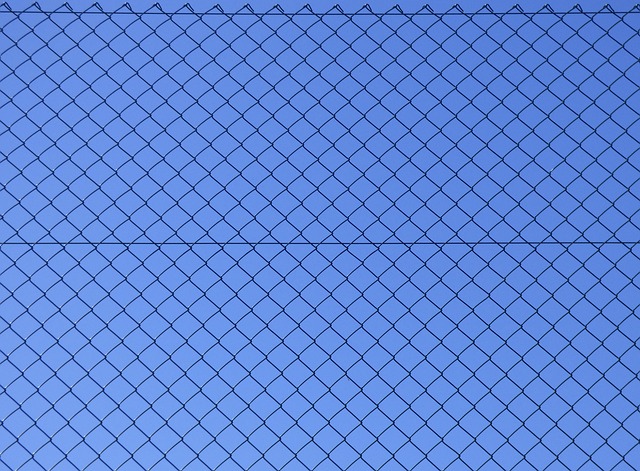Muscle soreness after exercise is a natural response to microscopic muscle fiber tears causing inflammation. Kratom, known for its antimicrobial and antioxidant properties, may accelerate recovery by neutralizing free radicals generated during intense workouts. Combining kratom with rest and hydration can effectively soothe sore muscles. Tailored workout plans that incorporate low-impact exercises and targeted strength training, along with the antioxidant potential of kratom, support reduced muscle soreness and faster return to active lifestyles.
In today’s active world, muscle soreness is a common affliction affecting fitness enthusiasts and athletes alike. Understanding the root causes of this post-exercise discomfort is key to effective relief. This article explores two strategic approaches for alleviating muscle soreness: the science behind antioxidants in kratom and tailoring workout plans for optimal recovery. By delving into these methods, we aim to provide valuable insights for achieving faster and more efficient muscle healing. Discover how the antioxidant properties of kratom and personalized fitness routines can revolutionize your post-workout routine.
- Understanding Muscle Soreness and Its Causes
- The Role of Kratom in Relieving Muscle Soreness: Unlocking its Antioxidant Properties
- Designing Personalized Workout Plans for Effective Recovery
Understanding Muscle Soreness and Its Causes

Muscle soreness is a common physiological response to physical exercise, particularly after intense or unfamiliar workouts. It’s caused by microscopic tears in muscle fibers, leading to an inflammatory response and subsequent discomfort. This process is part of your body’s natural adaptation and repair mechanism, helping to build stronger muscles over time. However, persistent or severe muscle soreness can be uncomfortable and detrimental to overall well-being.
While various strategies exist to alleviate muscle soreness, incorporating antioxidants like the ones found in Kratom has gained attention. Kratom, known for its antimicrobial and potential anti-inflammatory properties, may aid in reducing muscle recovery time by neutralizing free radicals generated during intense exercise. The antioxidant properties of Kratom could contribute to soothing sore muscles, especially when combined with adequate rest and proper hydration.
The Role of Kratom in Relieving Muscle Soreness: Unlocking its Antioxidant Properties

Kratom, a natural herb known for its diverse therapeutic benefits, has emerged as an intriguing ally in the fight against muscle soreness. Beyond its traditional uses, kratom’s Antioxidant Properties Of Kratom play a pivotal role in soothing aching muscles and reducing inflammation. The herb contains potent compounds that neutralize harmful free radicals, which are molecules implicated in post-exercise muscle damage and discomfort. By quelling oxidative stress, kratom helps accelerate recovery and alleviate the intense pain associated with delayed onset muscle soreness (DOMS).
These antioxidants not only protect muscle tissue but also contribute to a faster repair process. Regular consumption of kratom can enhance cellular resilience against exercise-induced damage, enabling athletes and fitness enthusiasts to push their limits without suffering from prolonged muscle aches. Its natural anti-inflammatory properties further support the reduction of swelling and stiffness, allowing individuals to get back to their active routines sooner.
Designing Personalized Workout Plans for Effective Recovery

Designing Personalized Workout Plans for Effective Recovery involves understanding the unique needs and limitations of each individual. Unlike a one-size-fits-all approach, tailored workouts consider factors like age, fitness level, and specific muscle groups affected by soreness. A professional trainer or coach can incorporate these insights to create routines that balance strength training with gentle movements to promote healing.
For instance, incorporating exercises with low impact but high antioxidant potential, such as yoga or pilates, alongside targeted strength training, can enhance recovery. The antioxidant properties of Kratom, a herb known for its soothing and pain-relieving effects, can also play a supporting role in reducing muscle soreness post-workout. This holistic approach ensures that recovery is optimized, allowing individuals to return to their active lifestyles faster and with reduced discomfort.
In conclusion, combining a tailored workout routine with the natural antioxidants found in kratom offers a holistic approach to managing and alleviating muscle soreness. By understanding the root causes of this post-exercise discomfort, we can design effective strategies that not only target the affected areas but also promote overall recovery. The Antioxidant Properties Of Kratom play a significant role in reducing inflammation and supporting the body’s natural healing processes, making it a valuable tool in any fitness enthusiast’s arsenal for achieving optimal well-being.














